
The Tumultuous Journey of Upendra Yadav
Seven members of the House of Representatives, including notable parliamentarian Ashok Rai, have split from Janata Samajwadi Party (JSP) Nepal, citing concerns over the leadership style of party president Upendra Yadav. The split comes at a critical juncture as the party prepares for its upcoming convention.
Upendra Yadav, who also holds the positions of Deputy Prime Minister and Health Minister, has been accused by the departing members of wielding his power in an arbitrary manner, particularly in the selection of party representatives for the convention scheduled from June 9 to June 11. These allegations come as Yadav was on a foreign tour, including a visit to the USA and a short stay in Qatar.
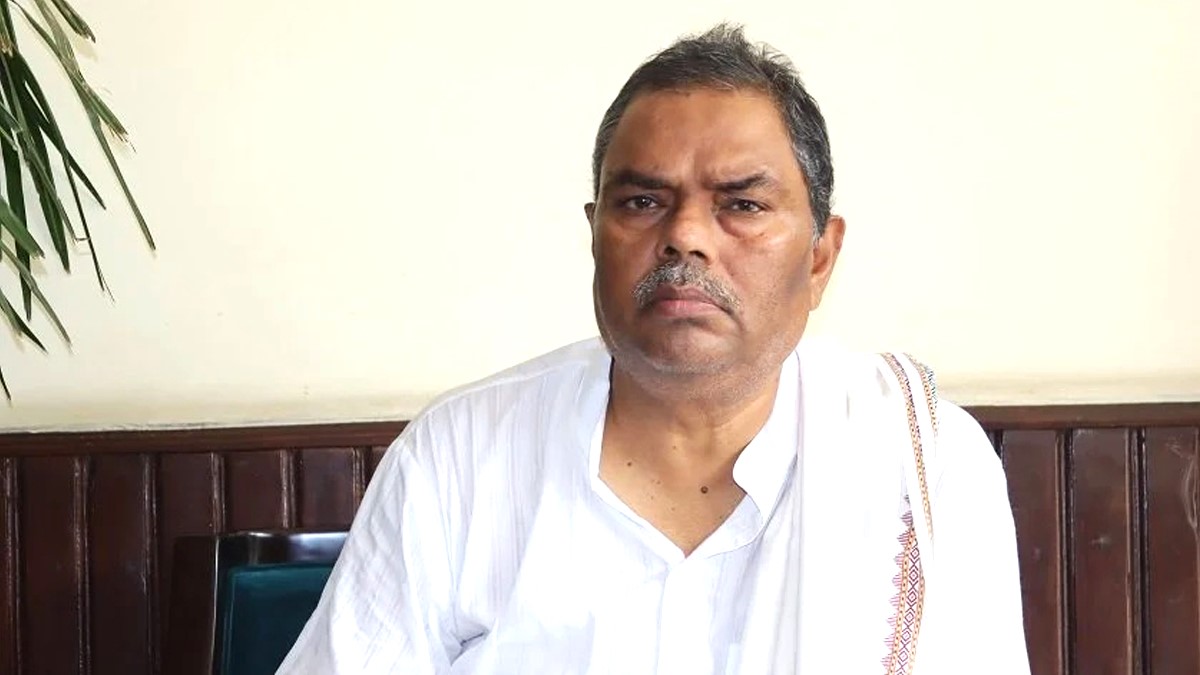
Ashok Rai, speaking on behalf of the group, stated, “The convention should proceed in a clean, fair, and neutral manner. Unfortunately, this belief was not instilled in us due to recent actions by the party leadership.” He further criticized the formation of an all-powerful election committee, allegedly established during a meeting lacking a quorum of executive members, as an act contrary to democratic principles.
In response to the split, JSP spokesperson Manish Suman labeled the move as “political suicide,” asserting that the departure of these members would not impact the party significantly. Suman accused the splinter group of lacking faith in the party’s membership and succumbing to fears of electoral defeat. “It is apolitical to make decisions and raise many questions when things don’t go as one desires,” Suman remarked.

As Upendra Yadav returnd to Kathmandu from Doha after cutting his foreign trip short, the future dynamics within JSP remain uncertain. With only five MPs, including Upendra Yadav himself, remaining loyal to the original party, his political path appears challenging both inside and outside the parliament.
Political analyst Indukeshar Mishra has highlighted a troubling trend regarding Yadav’s prioritization of personal power over the aspirations of the Madhesi community, which initially propelled him into the national spotlight.
The Rise and Decline of Upendra Yadav
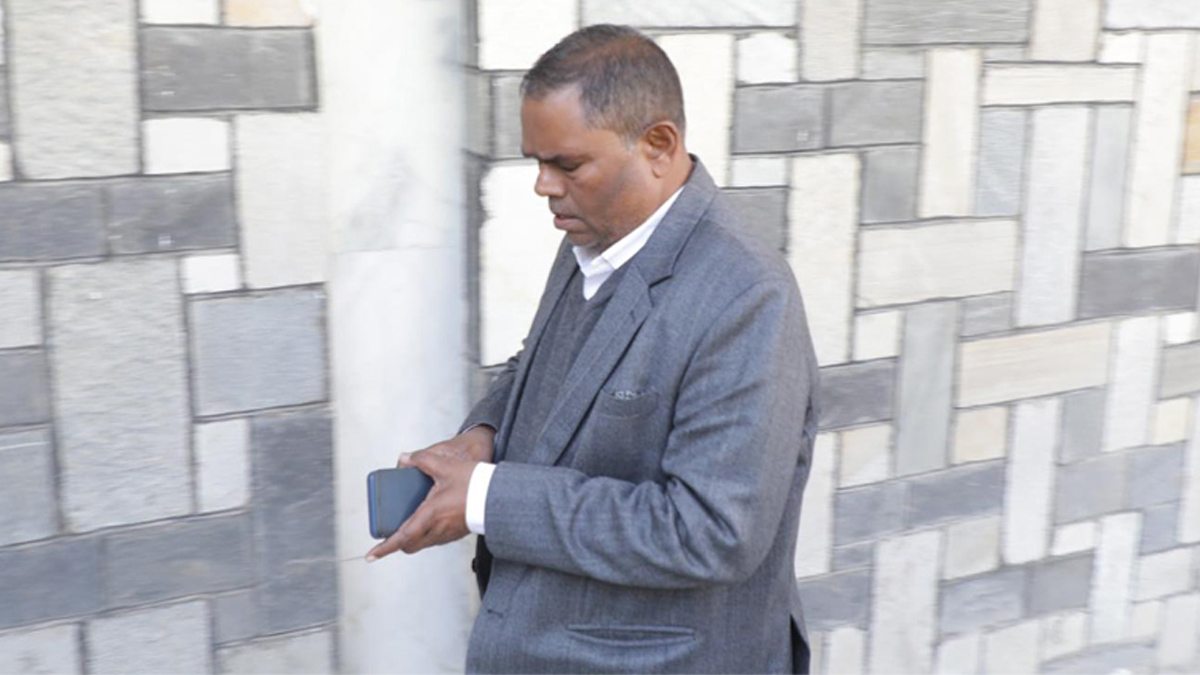
Political analyst Indukeshar Mishra delves deep into the complexities surrounding Upendra Yadav, a prominent figure in Nepalese politics who rose to fame during the Madhesh movement. According to Mishra, the initial support Yadav garnered from Congress and UML defectors was largely due to his strong advocacy for the Madhesi people. However, as his focus allegedly shifted from public to personal interests, his political standing began to deteriorate.
“Upendra Yadav’s ascent was more about personal power than any political-theoretical agenda,” Mishra stated, noting that Yadav’s influence has been waning because of his perceived shift towards self-preservation over community service. Mishra elaborates on how, after setting fire to the interim constitution of 2007, Yadav emerged as a hero of the Madhesh movement. His ability to attract key figures like Mahant Thakur and Bijay Kumar Gachchdar, who abandoned major parties to join the movement, significantly disrupted traditional power structures in Nepalese politics.

The political landscape changed dramatically with the formation of the Terai Madhesh Loktantrik Party (Tamalopa) and the Madhesi People’s Rights Forum, which successfully challenged the dominance of established parties like Congress, UML, and Maoists in Madhesh. The 2008 Constituent Assembly election was a testament to their influence, with Yadav’s Forum securing 54 seats and Tamalopa 21 seats.
However, internal discord began to surface as the Constituent Assembly struggled to draft a new constitution. This discord was rooted deeply in conflicting opinions about participation in successive governments. The splits in Yadav’s party became more frequent, particularly highlighted by a significant one in 2009 when Bijay Gachchdar formed the Forum Democratic and joined the government of Prime Minister Madhav Kumar Nepal, marking the start of Yadav’s decline.
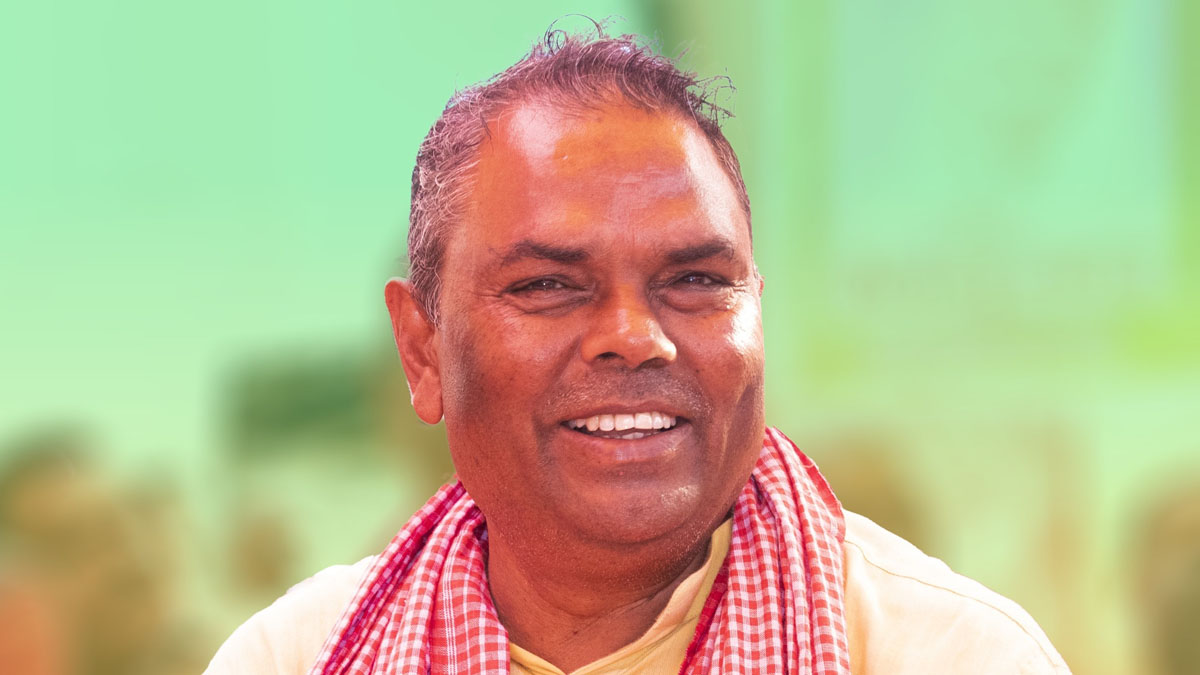
Yadav’s fluctuating stance on government participation continued under the premierships of Jhalnath Khanal and Baburam Bhattarai, further exacerbating the fractures within his party. The second Constituent Assembly elections in 2013 saw Yadav’s party reduced to just 10 seats, a sharp decline from previous electoral successes.
Despite these setbacks, the formation of the Federal Socialist Forum and later the alliance with the Rashtriya Janata Party for the 2017 elections underlined a brief resurgence. This alliance even led to the formation of the government in Madhesh Province, with the province officially being named Madhesh. However, the continuous shifts in allegiance and party splits, particularly around the times of government formation and dissolution, underscored a volatile trajectory.

Yadav’s political journey took another turn with the 2022 elections, where despite previous coalitions, he opted to align with UML, leading to further splits within his faction. Mishra criticizes Yadav for his repeated changes in political stance, which he argues have significantly weakened the Madhesh-centric political movement, allowing traditional parties like UML and Congress to regain their foothold in Madhesh.
“In the grand tapestry of Nepalese politics, Upendra Yadav’s narrative is a stark reminder of how personal ambitions and the relentless pursuit of power can overshadow genuine grassroots movements,” Mishra concludes, pointing out that unless leaders of Madhesh adhere to the original spirit of their movement, traditional powerhouses will continue to dominate the political scene in the region.
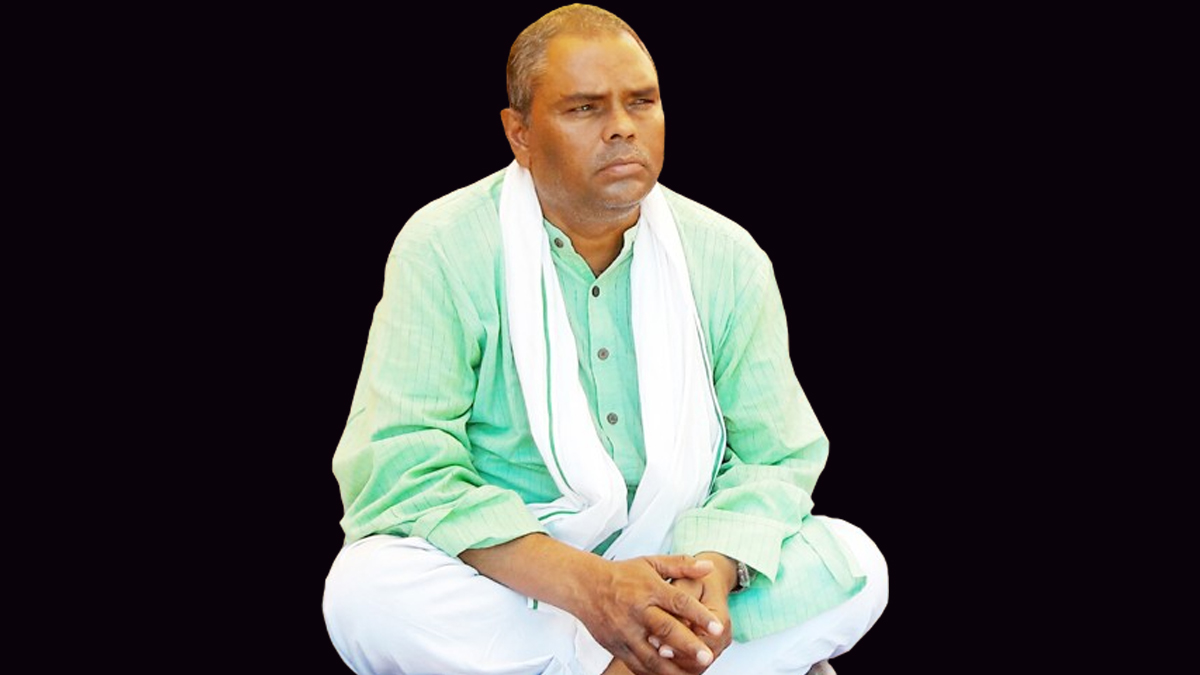
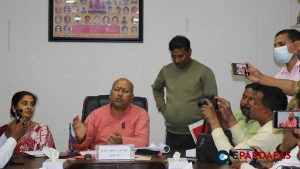


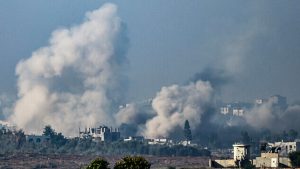

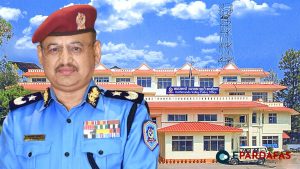






Comments